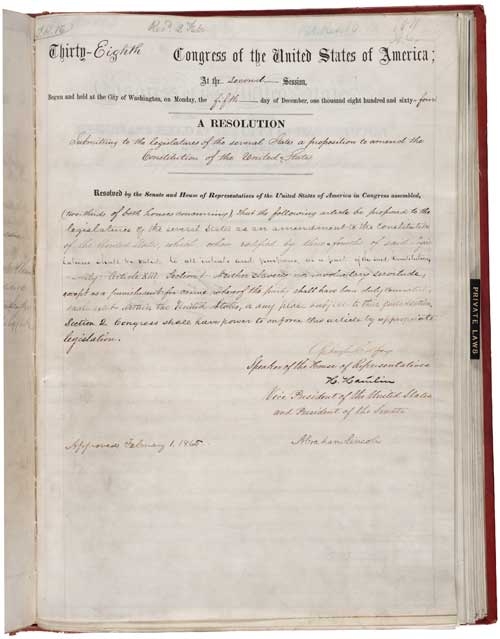Like me, do you have old letters from great-grandparents, tied with string, and cherished? Can you imagine not being able to read these treasures? Cursive has been the way of communication for generations.
I save every letter I receive. Cursive, like snail mail, has become endangered. It’s as unique as a fingerprint, and as beautiful as a work of art.
Beyond our own family heirlooms, consider the original documents of our nation. How many people are unable to read these? How can we lose something so significant?
In 2014, Valerie Hotchkiss, a library director at the University of Illinois at Urbana-Champaign, wrote in the Chronicle of Higher Education that students “will be locked out of doing research with literary papers and archival collections.” In other words, we will lose our history.
At a practical level, cursive allows you to write faster, which in turn helps note-taking skills. Research suggests people remember things better when writing longhand, rather than using a computer. It’s also been shown to improve comprehension and spelling, which makes sense when spellcheck isn’t a fallback option.
Need more convincing? Cursive writing also requires the use of different hand muscles, and activates a different part of the brain than printing. Plus, you can write anywhere! Need to jot a To-Do list, revise your calendar, or add to your grocery list? Grab any writing utensil, and scrawl it out.
Recently, when I took my oldest son to take the driver’s permit test, the officer expressed shock that he could sign his own name. Have we lowered our standards so much, that a teen’s signature now surprises adults? Students need to be comfortable and confident when writing and signing important documentation. A cursive signature is most commonly required to endorse legal documents—everything from a car title to mortgage paperwork. 
According to a 2014 New York Times article, some researchers say cursive “may even be a path to treating dyslexia.” We’ve noticed this with our middle son. He struggled for years with reading and writing, until we changed our curriculum and teaching methods. One of the most beneficial changes was to switch entirely to cursive writing. Each letter leads into the next; you can’t get them backwards.
Although Common Core decided to drop handwriting instruction, 14 states (including my home state of Arkansas) have added cursive handwriting requirements in their state standards. The cursive comeback is supported and promoted by a mix of teachers, researchers, politicians, and parents.
“I think it’s really discouraging to get a note from a college graduate that is printed like a second-grader,” said Beth Mizell, the state senator who introduced the Louisiana bill to bring back cursive in that state. I’d definitely have to agree. 
Don’t let the instruction and value of cursive be lost to future generations: teach your children to read and write cursive, and look for opportunities that encourage them to use what they know!

Wendy, this is a very good article. My Mother is gone but I do have those final day letters from her in the original envelopes that I will treasure forever! Love this! Thanks for sharing!